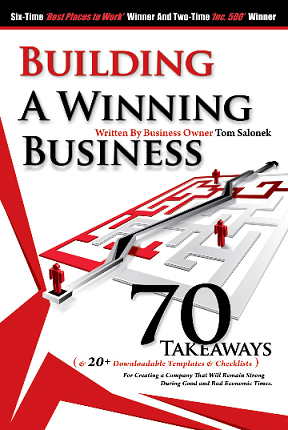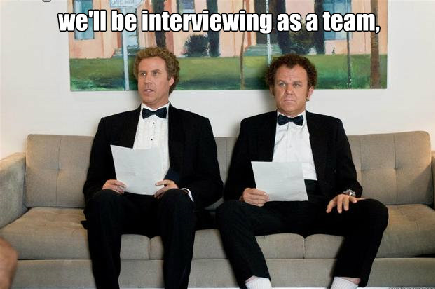$10K Training Sweepstakes, Free Pi Workshops, Scholarship, Free Book
 As we enter 2014, Intertech and I have free learning opportunities and some new support programs for students:
As we enter 2014, Intertech and I have free learning opportunities and some new support programs for students:
- With Intertech’s training sweepstakes, we’re giving away $10,000 worth of training for a team of up to four IT professionals. Throw your hat in the ring and register today!
- Thanks to Jim White, my business partner, you can learn Raspberry Pi development in a series of 10 Raspberry Pi programming workshops on Intertech’s blog.
- If have a kid involved in a Lego or Robotics League in Minnesota, watch Intertech’s website for our upcoming announcement of our support program for up to 50 teams. In addition, we are going to help sponsor the Minnesota First Regional competition in March ’14 at the University of Minnesota.
- Watch our website for the announcement of our upcoming scholarship. Offered to an undergraduate computer science or STEM student, the Intertech Foundation will be awarding $2,500 to an undergrad student in ’14.
- Finally, for everyone (no application or sweepstakes required), I’m giving away a copy of my book Building a Winning Business. Feel free to share this post or the link to the PDF.
Let’s make it a great ’14!
Tom


